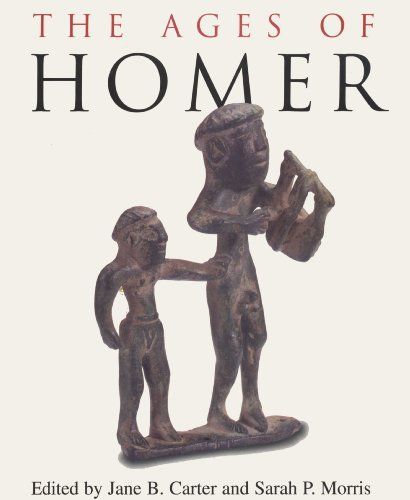
The Ages of Homer A Tribute to Emily Townsend Vermeule
"This is the most exciting and diverse collection of essays on Homer to emerge in the past twenty-five years.... There is no other volume like this in scope or ambition or in the erudition of its contributors. It is one of a kind." —Richard P. Martin, Professor of Classics, Princeton University "Dedicated to the...archaeologist and classical scholar Emily Vermeule, this splendidly illustrated volume takes a special place among the numerous studies devoted to the Homeric past.... To sum it up, this is a valuable collection of penetrating studies about Homer, with interesting insights into early Greek art." —Journal of Indo-European Studies "By any standard an outstanding [collection], and among its thirty-one articles are nearly a dozen that will be appreciated as real advances in the discussion of one Homeric problema or another—perhaps an unprecedented percentage.... The University of Texas Press has produced a volume worthy of its ceremonial function in the career of a tremendously influential scholar and educator. It is lavish, and very attractive." —Bryn Mawr Classical Review "Will be required reading for serious students of the Iliad, the Odyssey, and the Homeric world." —Choice Homer's Iliad and Odyssey have fascinated listeners and readers for over twenty-five centuries. In this volume of original essays, collected to honor the distinguished career of Emily T. Vermeule, thirty-four leading experts in Homeric studies and related fields provide up-to-date, multidisciplinary accounts of the most current issues in the study of Homer. The book is divided into three sections. The first section treats the Bronze Age setting of the poems (around 1200 B.C.), using archaeological evidence to reveal how poetic memory preserves, distorts, and invents the past. The second section explores the early Iron Age, in which the poems were written (c. 800-500 B.C.), using the strategies of comparative philology and mythology, literary theory, historical linguistics, anthropology, and iconography to determine how the poems took shape. The final section traces the use of Homer for literary and artistic inspiration by classical Greece and Rome.